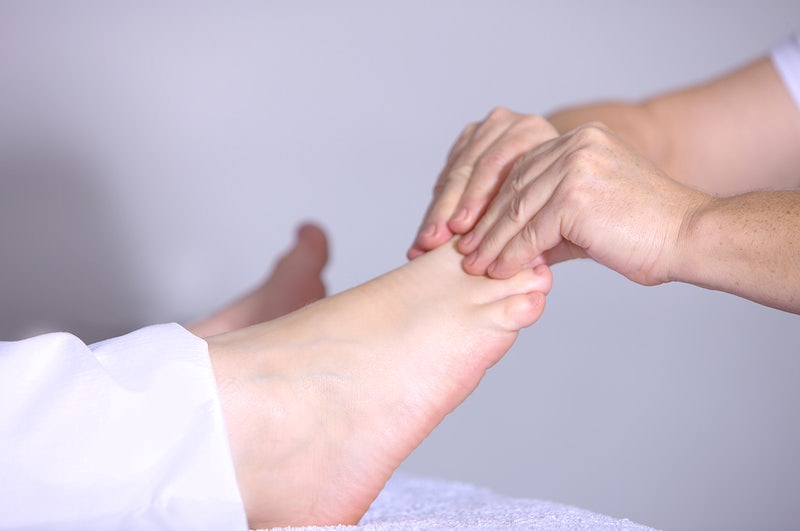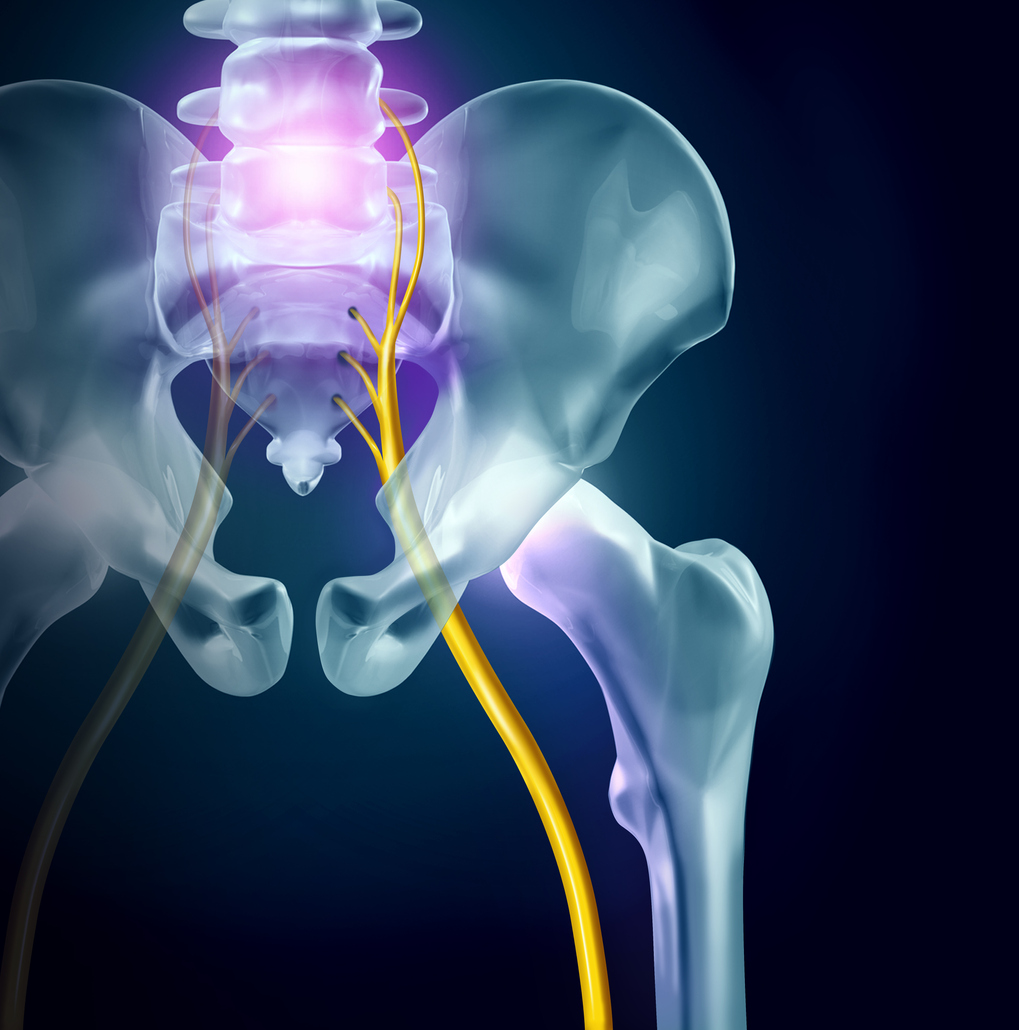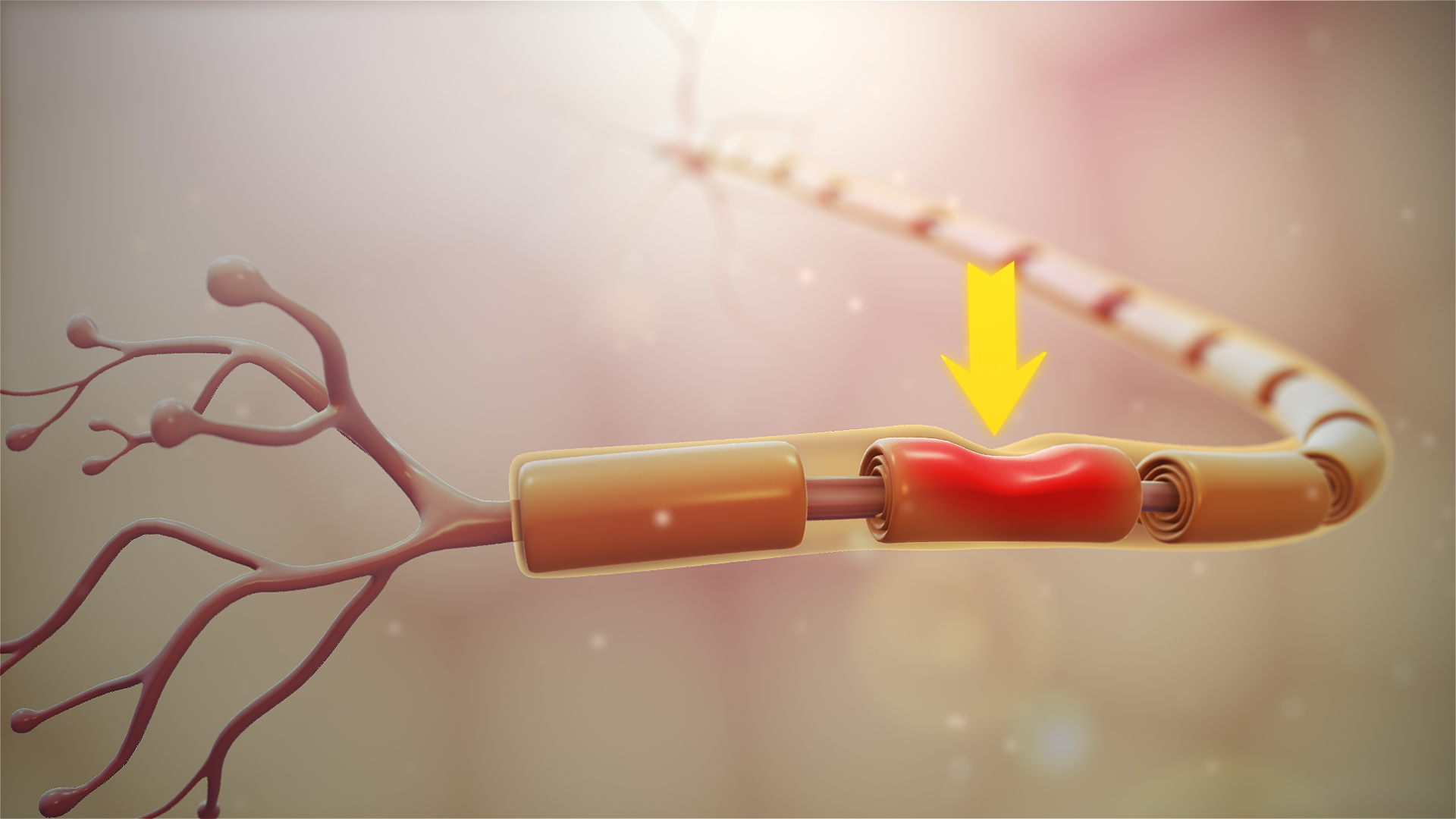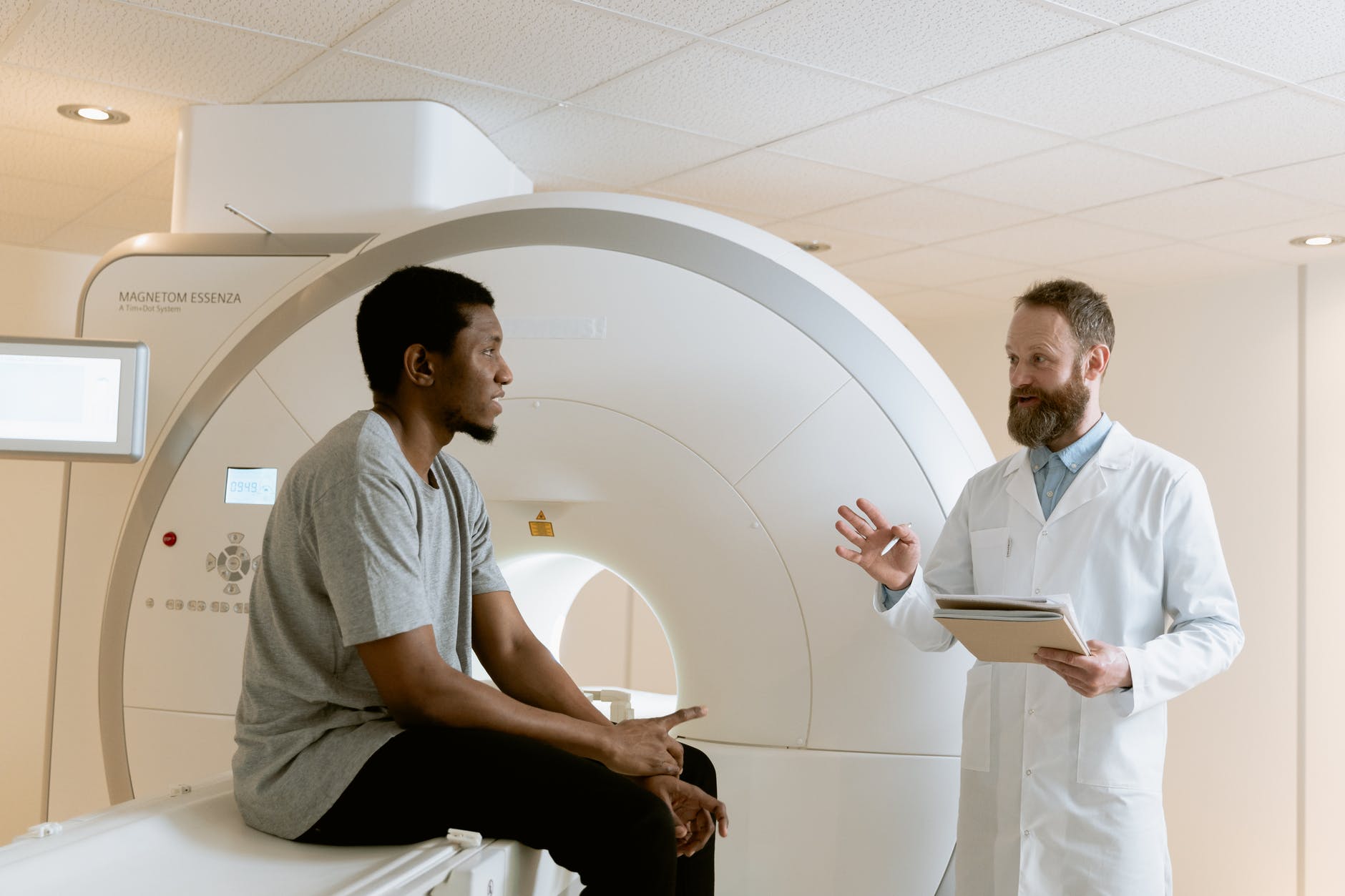La sciatica is a condition that can cause severe pain in the lower back and legs. In some cases, it can even lead to paralysis.
If you experience any of these symptoms, it is important to seek medical attention immediately. In this article, we will discuss the symptoms of sciatica and what to expect if you have to have emergency surgery.
Lumbar Spine and Nerve Anatomy sciatica
La lumbar spine is the lower part of the spine which extends from the base of the neck to the pelvis. It is made up of five bones, called vertebrae, which are stacked on top of each other.
The vertebrae are connected by discs, which act as shock absorbers. The nerve sciatica is the longest nerve in the body, and it runs from the lower back down the legs. It branches into several smaller nerves that innervate the leg muscles.
Le sciatic nerve may be irritated or compressed, which can lead to pain in the lower back, hips and legs. This condition is often referred to as sciatica. The sciatica is often caused by a herniated disc or an spinal stenosis, which is a narrowing of the spinal canal (also called narrow lumbar canal).
Definition and explanation of sciatica paralytic
This type of sciatica affects the motor functions of the limb innervated by this nerve. Walking on the heels for the L5 root, or on the toes for the S1 root, is limited. In most cases, only one side is affected.
The embarrassment of conventional sciatica is generally less intense than with crippling sciatica. Indeed, sciatica is not necessarily associated with significant weakness or paralysis of the dorsi-flexor muscles of the ankle. Crippling sciatica causes greater disability, especially when both legs are affected, or if the nerve is significantly irritated.
The cause of crippling sciatica can be diverse, and include:
- herniated disc
- lumbar arthritis
- zygapophyseal osteoarthritis (also called facet osteoarthritis)
- spondylolisthesis
- narrow spinal canal (also called spinal stenosis)
- etc.
Symptoms of sciatica paralytic
The most common symptom of sciatica crippling is weakness in the leg or foot. This can make it difficult to walk or stand for long periods. Other symptoms include:
- Numbness or tingling in the leg or foot
- Pain in the lower back, hip or buttocks
- Muscle weakness (up to foot drop)
- Loss of bowel or bladder control
If you experience any of these symptoms, it is important to seek medical attention immediately. If left untreated, the sciatica crippling can lead to paralysis.
Treatment of sciatica paralytic
The goal of treatment sciatica paralytic is to relieve pressure on the nerve and improve function. Treatment options include:
Analgesics
Analgesics are a type of pain reliever that can be used to treat sciatica. These drugs work by blocking the pain signals transmitted by nerves to the brain. Among the common painkillers that can be used to relieve sciatica include acetaminophen, ibuprofen and naproxen.
Rest
Rest is important for healing the body. When you feel pain due to a sciatica, it's important to take breaks throughout the day and avoid activities that make your symptoms worse.
Physiotherapy
Physiotherapy (physiotherapy) is a branch of medicine that deals with the treatment of physical disabilities and injuries. It aims to restore the movements and functions of the patient's body, and to ease the pain.
The physiotherapists (physiotherapists) use a variety of techniques, including exercises, massage, and electrical stimulation. They also often work with other healthcare professionals, such as doctors and nurses, to develop treatment plans.
Physiotherapy can be used to treat conditions such as arthritis, back pain, stroke, sciatica paralysis and cerebral palsy.
It can also help patients recover from an operation or an accident. In many cases, physiotherapy (kinesitherapy) can significantly improve the quality of life of a patient with a sciatica paralyzing, especially after undergoing an operation to cure him of this condition.
Exercices
There are many exercises that can help relieve sciatica symptoms. It is preferable to communicate with a health professional to ensure the optimal execution of the exercises, and if this therapeutic option is indicated in the case of paralyzing sciatica.
Natural remedies to relieve sciatica paralytic
In addition to exercise and physical therapy, many use natural remedies to relieve the symptoms of sciatica crippling. Most often, these options won't address the cause of the problem, but some see it as temporary relief of their symptoms. Some of these remedies include:
- Using a cold or hot compress to relieve pain and inflammation.
- Massage the lower back and leg muscles to relieve tension.
- Taking anti-inflammatory supplements, such as turmeric or vitamin D.
- Using essential oils, such as rosemary or lavender oil, for pain relief.
- Taking a hot bath with Epsom salt to relax muscles and reduce inflammation.
- Exposure to a heat source, such as a hot water bottle or sauna, to relieve pain.
- Practicing relaxing activities, such as yoga or meditation, to reduce stress and tension.
- The use of a lumbar belt to relieve pressure on nerves and reduce pain.
- Taking herbal teas, such as chamomile or ginger, to reduce inflammation and pain.
Note that some of these alternative treatments are not unanimous from a scientific point of view. It is therefore preferable to consult a homeopath and inform your doctor of any product consumed.
Infiltration
Corticosteroid infiltration is a treatment option that can help reduce pain and improve function. The procedure involves injecting corticosteroid medication into the area surrounding the sciatic nerve.
This allows to reduce inflammation and relieve pain. Most people experience significant pain relief after 3-6 weeks of treatment.
In some cases, additional injections may be needed to maintain pain relief. Corticosteroid infiltration is a safe and effective treatment for sciatica.
Surgery for a sciatica paralytic
If conservative treatments do not relieve symptoms, and pain limits daily activities, surgery may be necessary. The most common type of operation for sciatica paralytic is the laminectomy.
This procedure involves removing a small portion of the vertebrae to relieve pressure on the nerve. In some cases, a merger may also be necessary.
This is a procedure in which the vertebrae are joined together to stabilize the spine.
It is important to discuss with your doctor the benefits and risks associated with this operation, in order to make an informed decision on the relevance of operating.
Risks and complications of the operation
Like any surgical intervention, the operation of sciatica paralytic carries risks and potential complications. The most common complications are pain, infection, bleeding and bruising.
In rare cases, there may be an allergic reaction to the numbing medicine used during the operation.
Most complications of sciatica paralytic are easily treatable and do not cause permanent damage.
However, in rare cases, surgery can lead to permanent damage to the nerve sciatica or to the spine (if the operation were to go wrong)
Recovery after the operation
After the operation, you will need to stay in the hospital for about a week so that your doctor can monitor your recovery. Most people begin to feel a pain relief in the days following the operation.
Your doctor usually prescribes painkillers for pain relief. Physiotherapy is also recommended to help restore your strength and range of motion.
Most people can return to their normal activities in four to six weeks. However, it's important to follow your doctor's instructions and not resume too much activity too soon, as this could affect your recovery.











